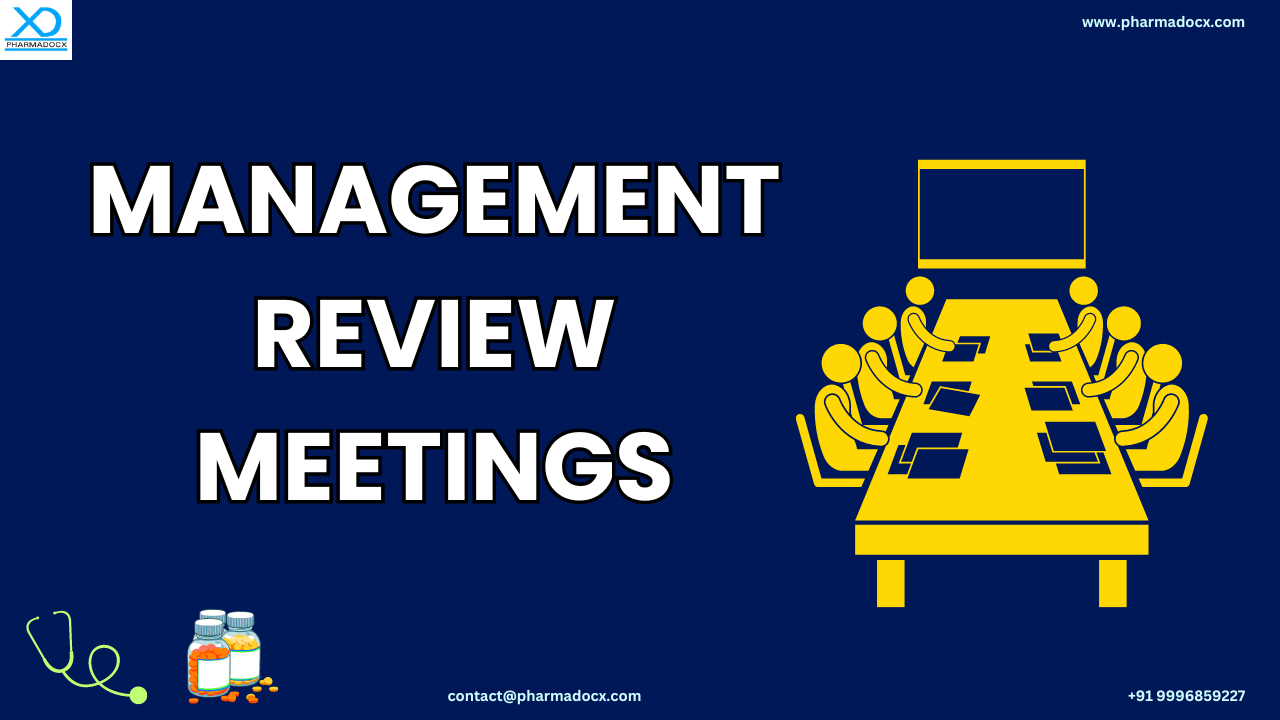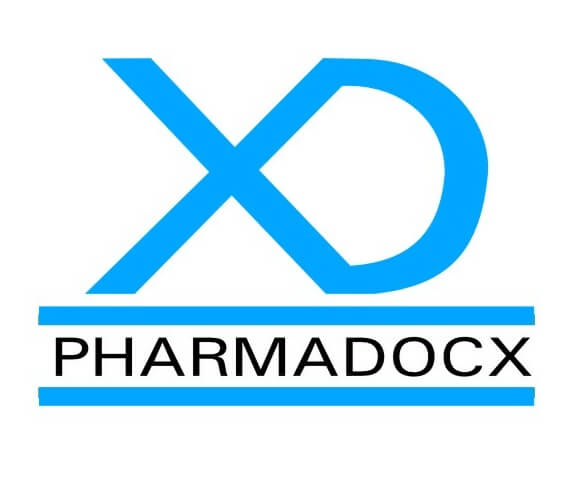Management review meetings or MRMs are vital for continuous improvement of the organisation and to achieve business excellence. Moreover, MRMs have a vital role in regulated environments, such as pharmaceutical, food, and medical devices industry. In this blog, we have discussed what are MRMs and their key steps. Additionally, we have highlighted the need for management review meetings in a regulated environment. Furthermore, we have provided some tips for MRM best practices.
What are management review meetings?
Management review meetings (MRM) is the process of evaluating the performance of management systems with respect to their purpose and goal. MRM holistically reviews the systems and processes to understand the insufficiencies in order to suggest corrective actions. The goal is continuous improvement. Moreover, the management review meetings are aimed at evaluating the effectiveness of the quality management system (QMS) in place. Notably, MRM forms the cornerstone of ISO 9001.
A formal meeting involving top management of the organization and relevant stakeholders is conducted at planned intervals. The goal of the meetings is to address concerns and issues for continuous improvement of the organisation and achieve business excellence. Whether processes and standards in place are producing desirable results aligned with the organization’s needs is evaluated. These meeting have a systematic process, well-defined agenda, inputs and outputs, and plans and actions. The organization’s performance and objectives are thoroughly reviewed and revised if necessary.
The MRM sets goals for the way forward. Notably, the goals have to be practical and logical so that they are achievable. The meetings are required to set quality objectives that will form the basis of the activities in the quality management departments. The MRM should provide suggestions for any necessary changes required in the QMS. The findings and insights of the MRM have to be communicated to the relevant teams who will be implementing these actions. The team members are required to follow the instructions and comply with guidelines for the success of these meetings. Moreover, not following the MRM findings and instructions will lead to regulatory noncompliance and the intended improvement will not be achieved.
The 3 steps of MRM:
The MRM has 3 critical stages that help to effectively implement the overall management review procedure. Without established processes and guidelines, these meetings can become time-consuming and complicated. Additionally, the meetings may not be able to achieve their goals and objectives. Hence, the MRM should follow these 3 steps:
- Preparation and planning in advance for the meeting
- The management and review session
- Monitoring and follow-up on the effective implementation of the meeting suggestions
Need for management review meetings in a regulated environment
From the quality and regulatory perspective, management review meetings are essential. These meeting assess the organization’s quality management system or QMS. This is necessary because the ISO 9001 standard outlines the requirements for these meetings and highlights necessary inputs and outputs. The meeting’s results and suggestions play a significant role in the organization’s collective efforts for continuous improvement. Notably, they have to be conducted in regular intervals. Hence, in a regulated environment, the MRM is necessary for maintaining compliance with ISO 9001 standard.
- MRM ensures systems and procedures are regularly checked and monitored
- The meetings are important from an organizational context
- Various topics and issues and concerns of the different tiers of the organisation can be discussed with the top management.
- The meetings help in regulatory compliance, continuous improvement of the organization, and business excellence.
Inputs and outputs of management review meetings
Specific inputs and outputs have to be taken into consideration when conducting MRMs. Inputs are the major points or parameters to consider when conducting these meetings. These parameters form the basis of MRMs. On the other hand, outputs or outcomes are the results of the meeting. These are next actionable steps defined in the meeting that have to be carried out after the meeting. Moreover, the ISO 9001 standard provides guidelines for inputs and outputs of MRM.
Inputs
- Achievement of the previously determined quality objectives
- Any adverse or severe adverse events
- Findings and improvement recommendation of past quality audits
- Process performance
- Customer complaints, satisfaction, and feedback
- Corrective and preventive action (CAPA) progress stage
- Follow-up on activities carried out after previous management reviews
- The performance of suppliers, external providers, and subcontractors
- Environmental, occupational health, social, and safety performance of the organization
- Focus areas for improvement
Outputs
- Changes needed to comply with new or revised regulatory requirements and occupational health and safety guidelines
- Actionable steps for improving the management system
- Resources needed to achieve the goals
- Employee development programs for improved performance
- Steps to address customer complaints and fulfil their requirements
- Opportunities for investing and expanding the business
- Steps for supporting continuous improvement of the organisation, including infrastructure, resources, equipment, machinery, and products
- Technology or resources to monitor the effectiveness and efficiency of the QMS
- Ways to improve the QMS system in place
Who takes part in the MRM?
Usually, the organisation’s senior and top management, such as CEO/VPs, and relevant stake holders take part in these meetings. Additionally, the production manager, the quality auditor, and other relevant staff may be included. The product development manager and engineer maybe included.
Management review meetings best practices
- An organized and well-structured agenda covering all relevant topics to be discussed in the meeting. Adequate time for each topic needs to be allocated. The meeting agenda should define the inputs and outputs.
- The purpose and objectives of the meeting should be clearly defined. The goals of the management review meetings should be made clear to all attendees.
- The MRM should be properly planned in advance.
- After the date and time of the MRM has been fixed, the MRM agenda should be sent out to participants, including senior management and department heads, and other relevant parties. Auto-generate reminders for the MRM so that the participants do not miss the meeting.
- Previous MRM’s discussion insights should be used to initiate the meetings. This will help understand the progress made since the previous MRM. By touching upon the previous MRM’s discussion, continuity and flow can be maintained.
- Encourage active participation and open communication from all meeting attendees.
- The meeting discussion should be properly recorded.
- Tasks should be allocated to individuals. Also, it should be made clear they will be responsible and accountable for their actions.
- Automation and digitalization should be incorporated to improve efficiency and streamline processes.
Notably, MRMs have a vital role in evaluating the effectiveness of processes and systems and promoting continuous improvement of the organisation. Depending on risk associated with the production and manufacturing activities, the frequency of MRMs should be determined. Furthermore, the records of the meetings should clearly state the existing deficiencies, next actionable steps, and recommendations. Moreover, active participation from attendees is crucial for having meaningful MRMs. A culture of accountability and ownership has to be fostered. Finally, regulatory guidelines and recommendations should be taken into consideration while carrying out these meetings.
MRMs have a vital role in regulated environment
Management review meetings have a vital role in regulated environments, such as pharmaceutical, and medical devices industries. Although senior management of the organisation conducts the MRM, these meetings are of equal importance to all employees. These meetings provide guidelines and recommendations for individuals of all departments. A culture of accountability and ownership is required to ensure proper implementation of all actionable steps suggested by the meeting. This will help achieve the goal of continuous improvement. Moreover, the MRMs are a pivotal requirement of most regulatory guidelines. The pharmaceutical and medical devices industries are highly regulated for improved patient safety. Regulatory guidelines can often be confusing. Fret not! We at Pharmadocx Consultants have extensive knowledge of the regulatory guidelines for both pharmaceutical and medical devices industries. Drop an email at [email protected] or call/Whatsapp on 9996859227 and we will be happy to help you with your queries.





